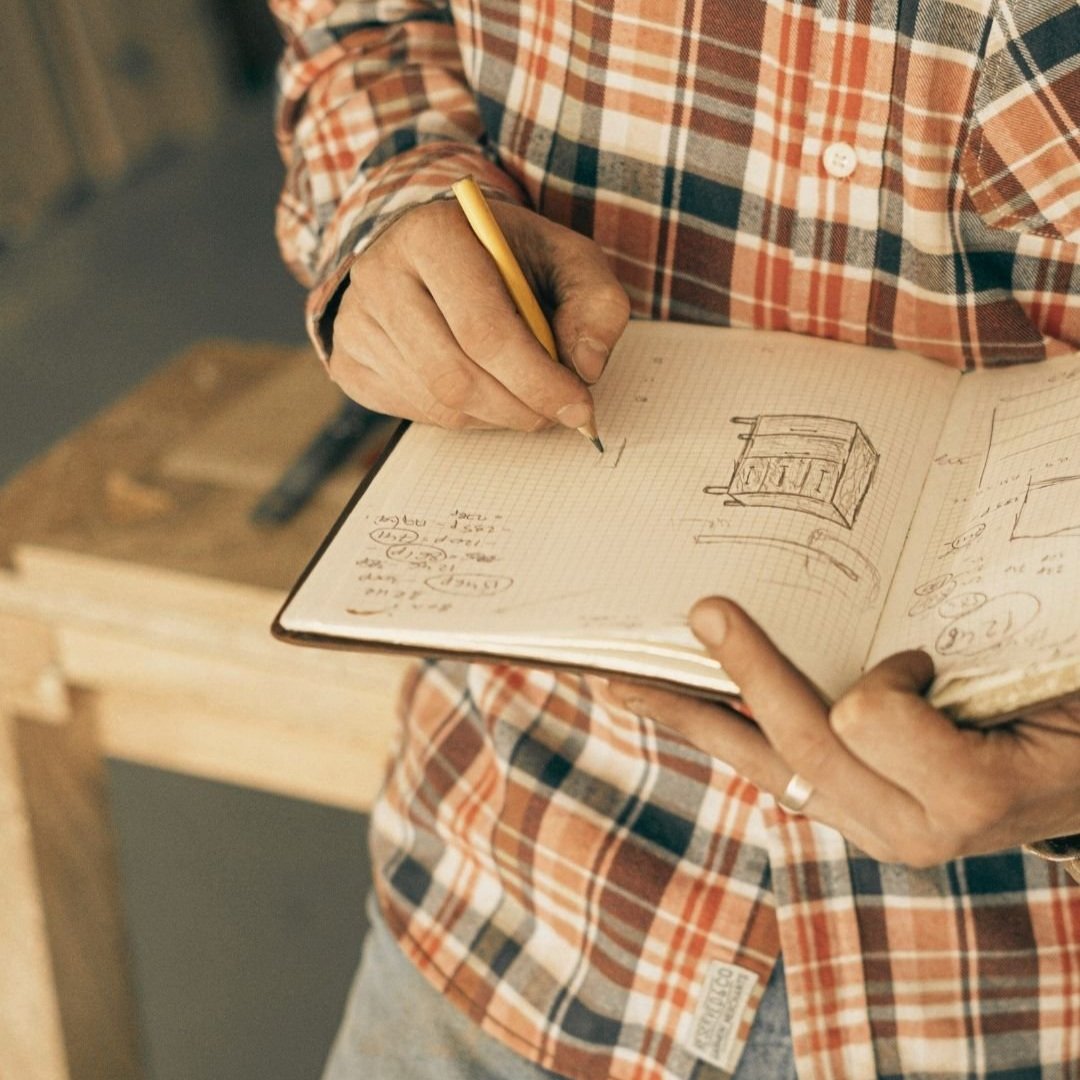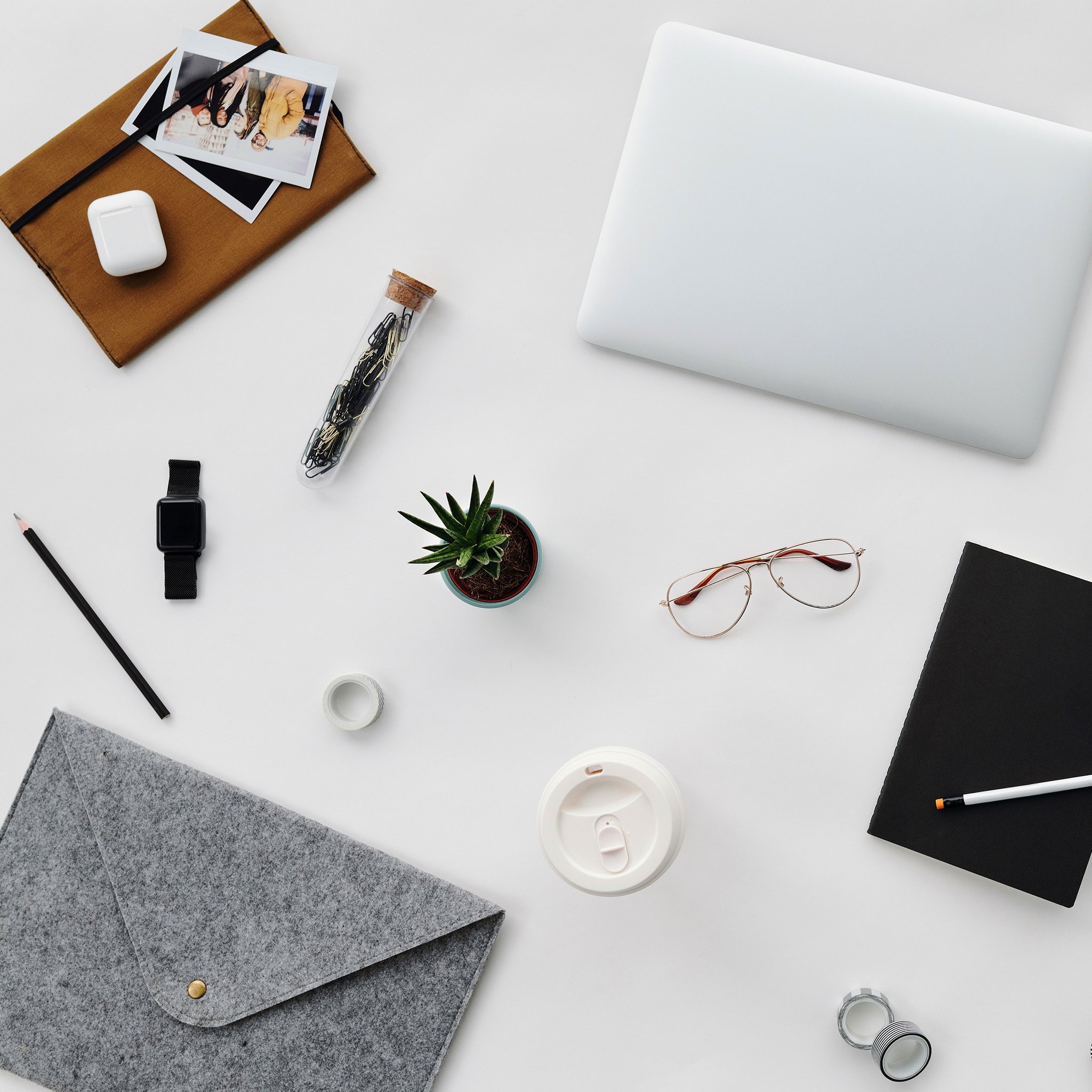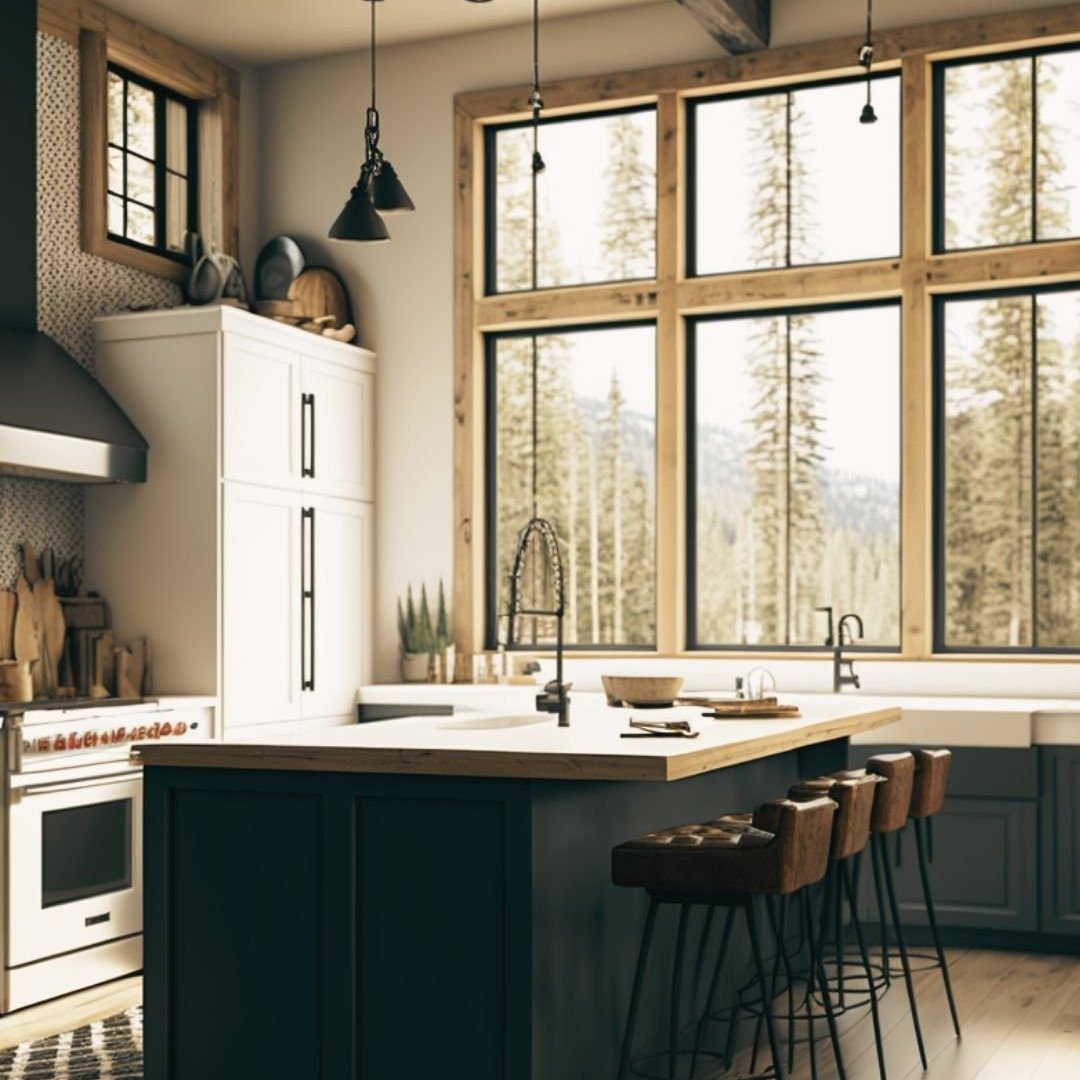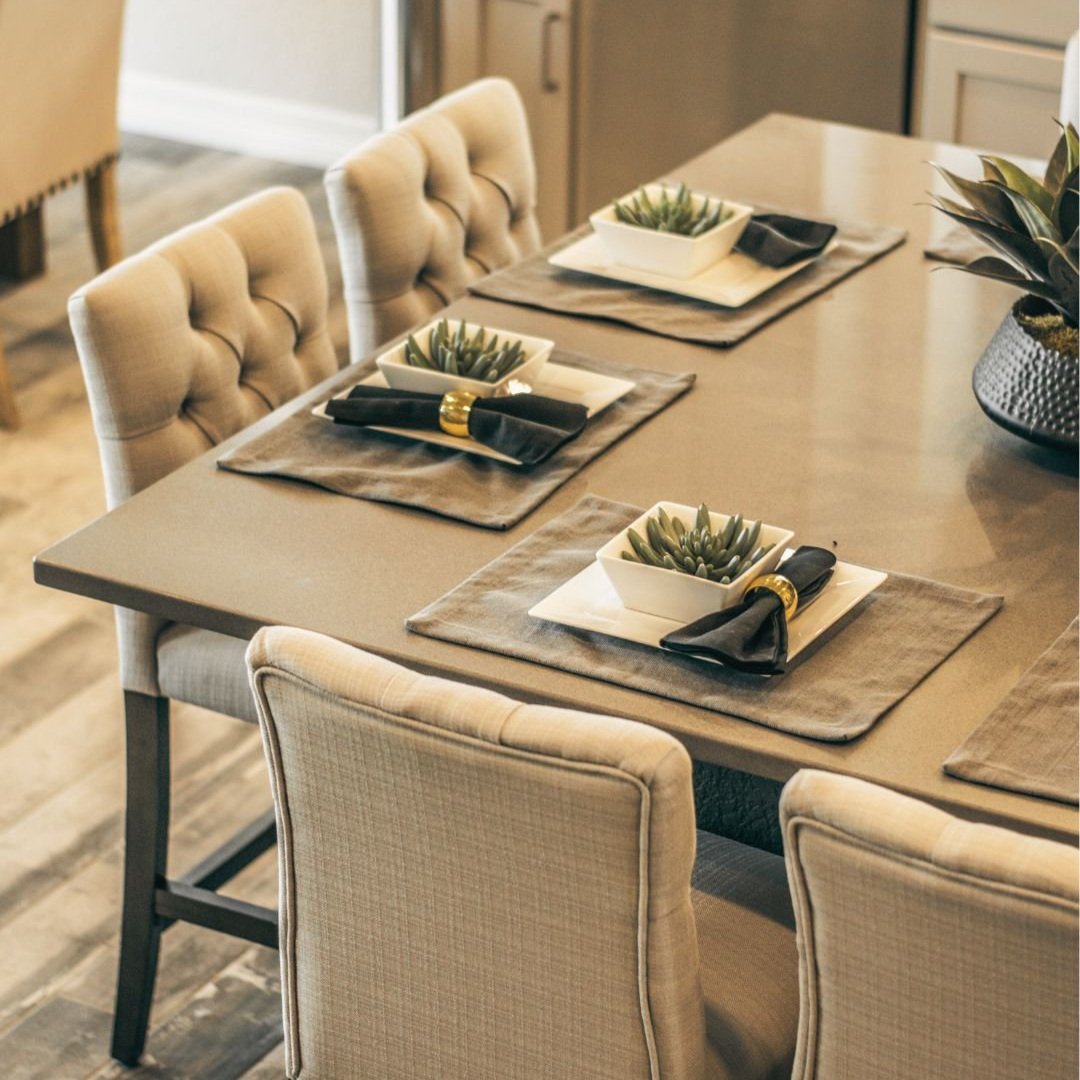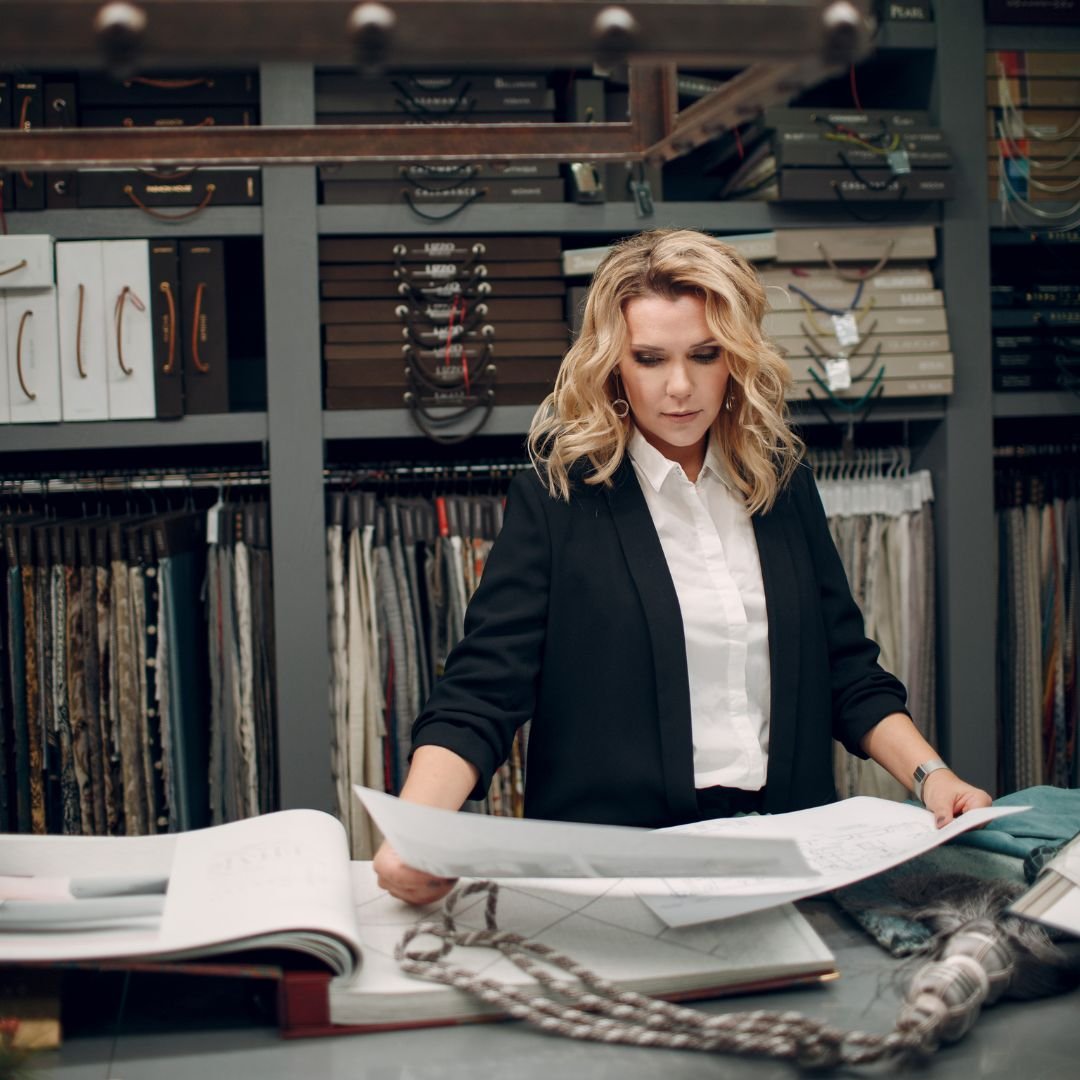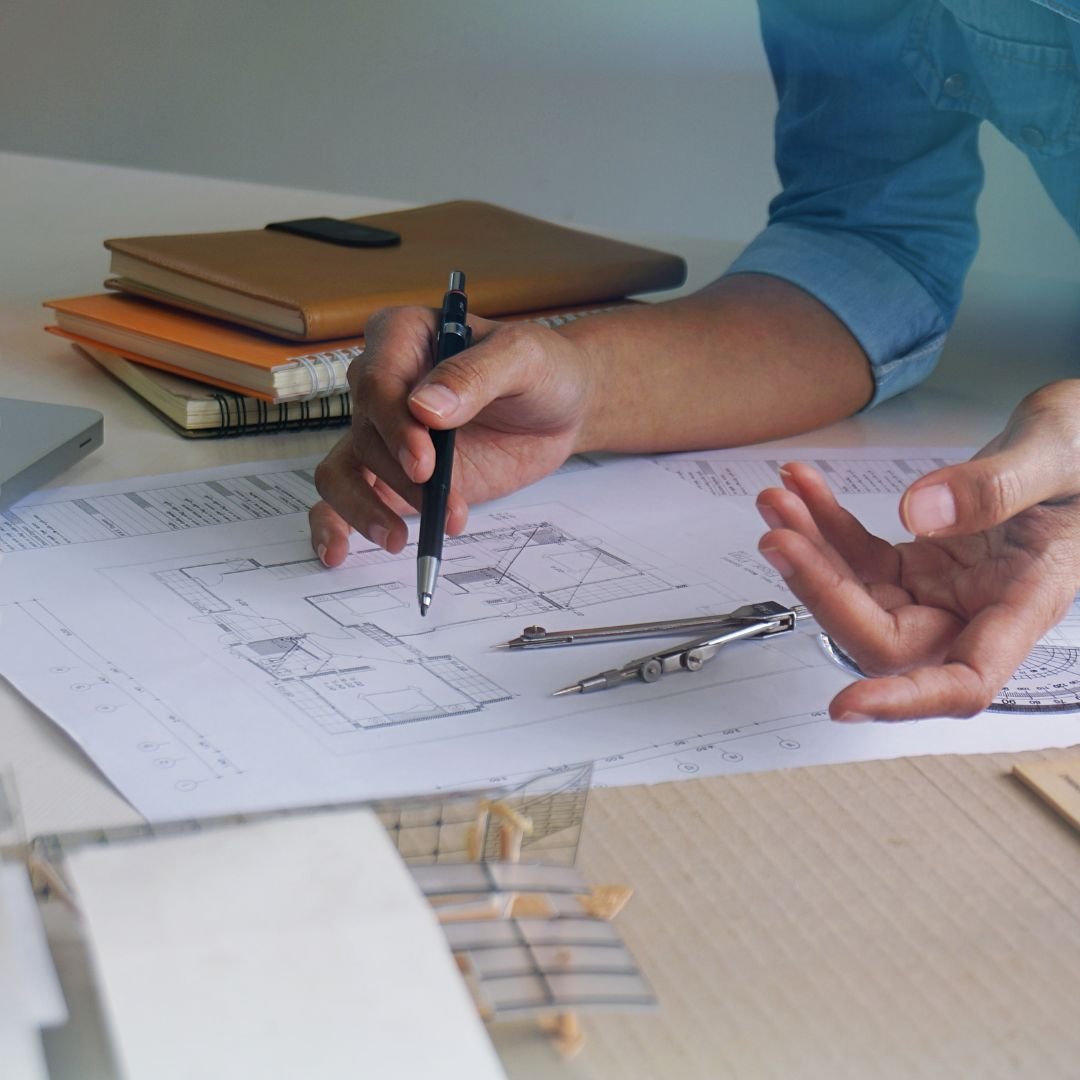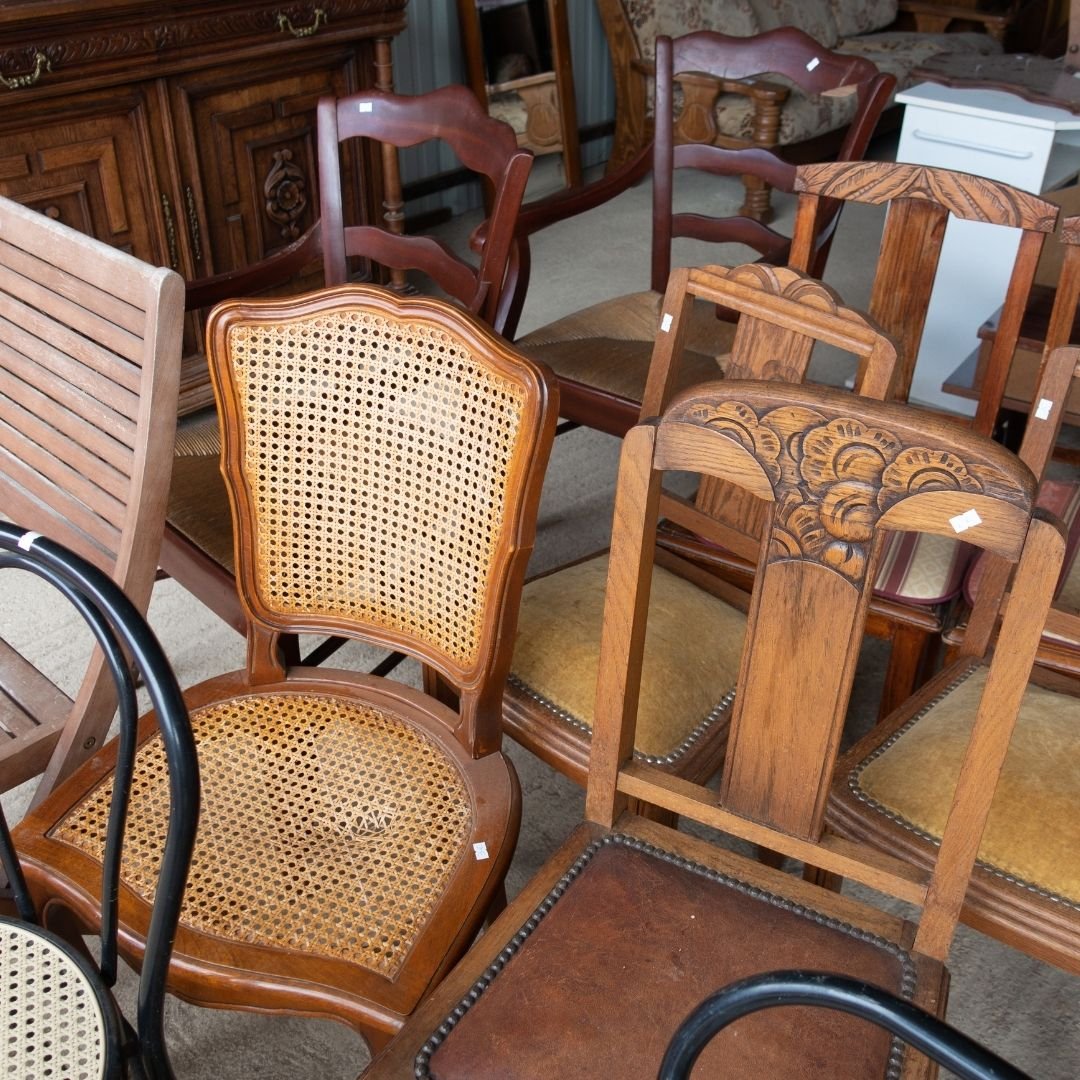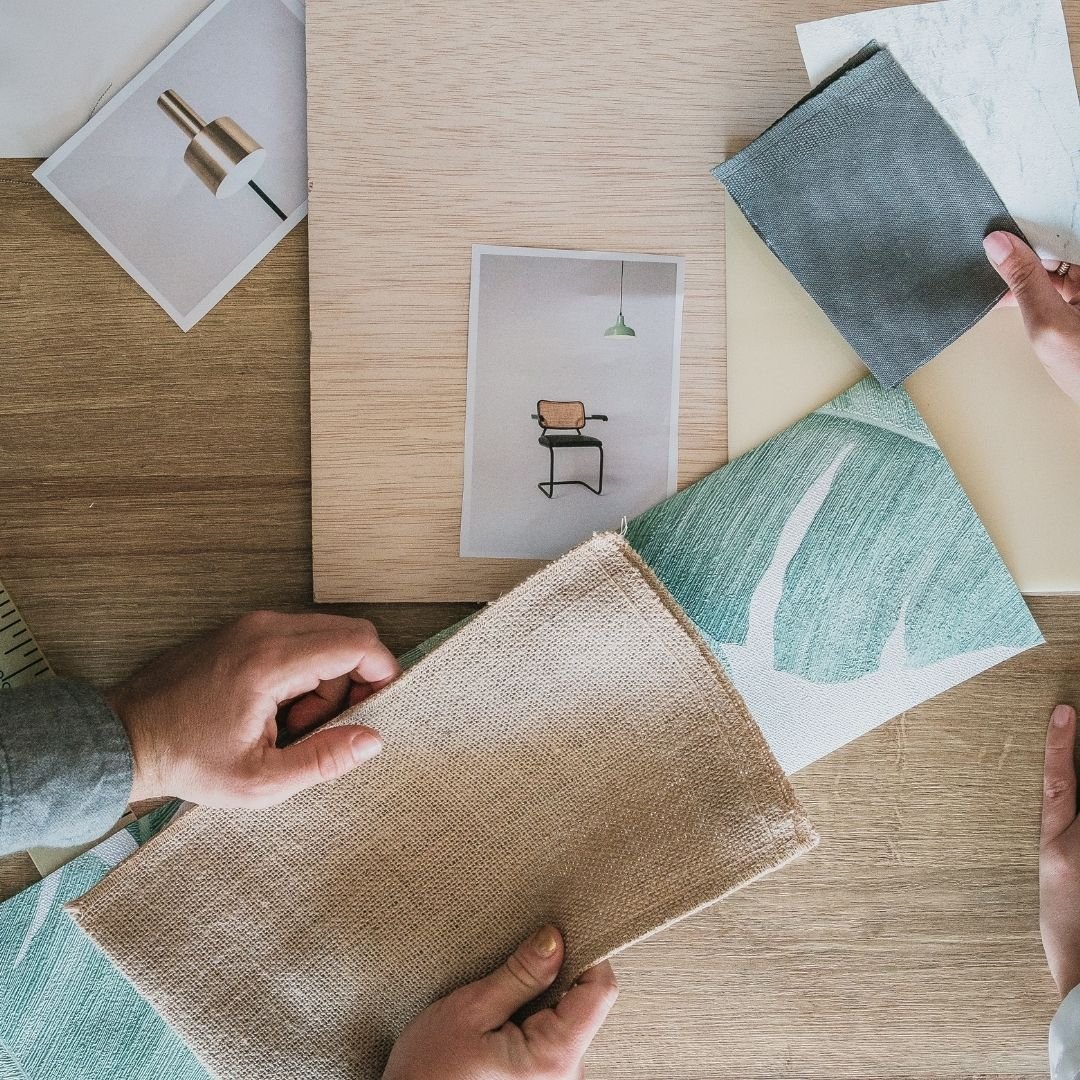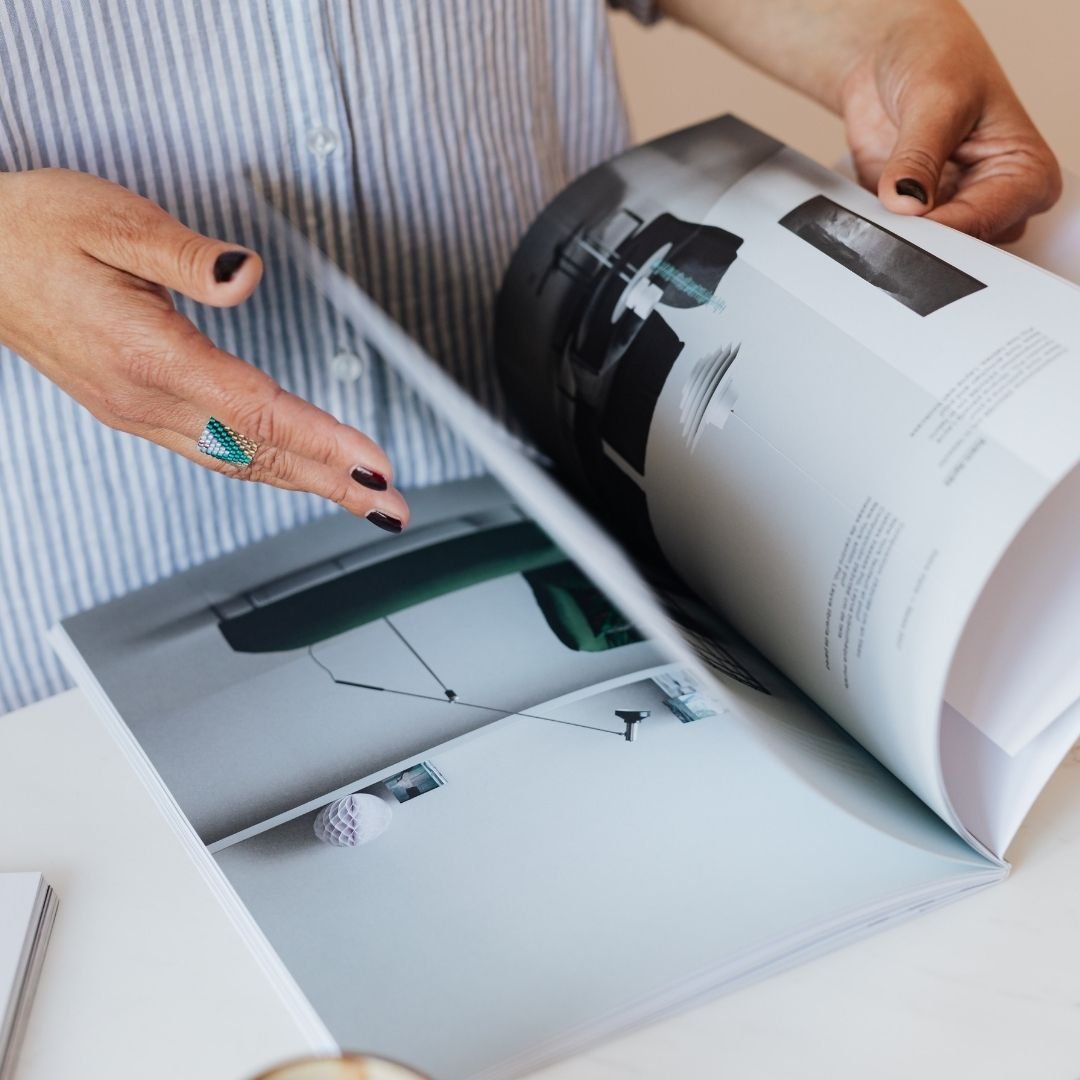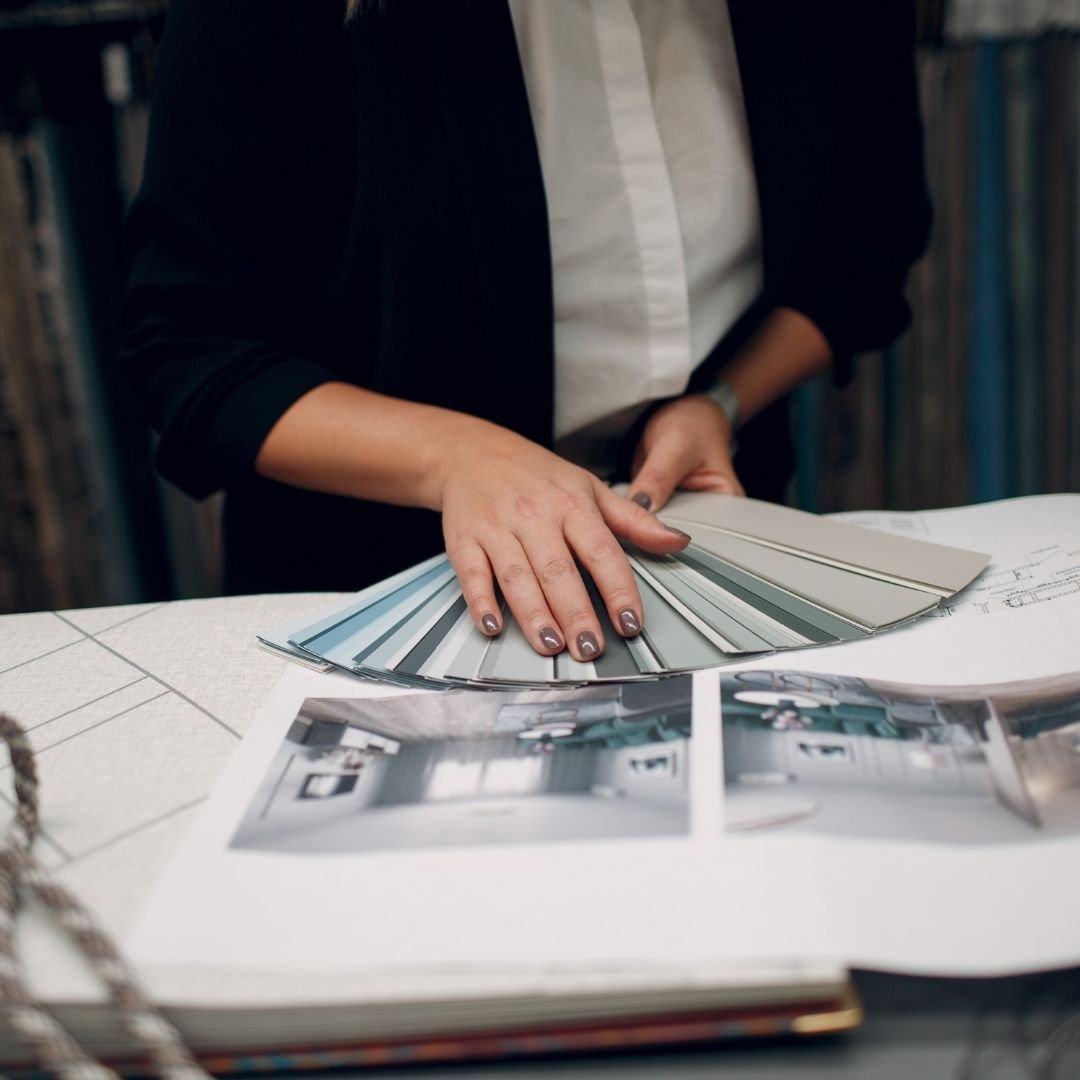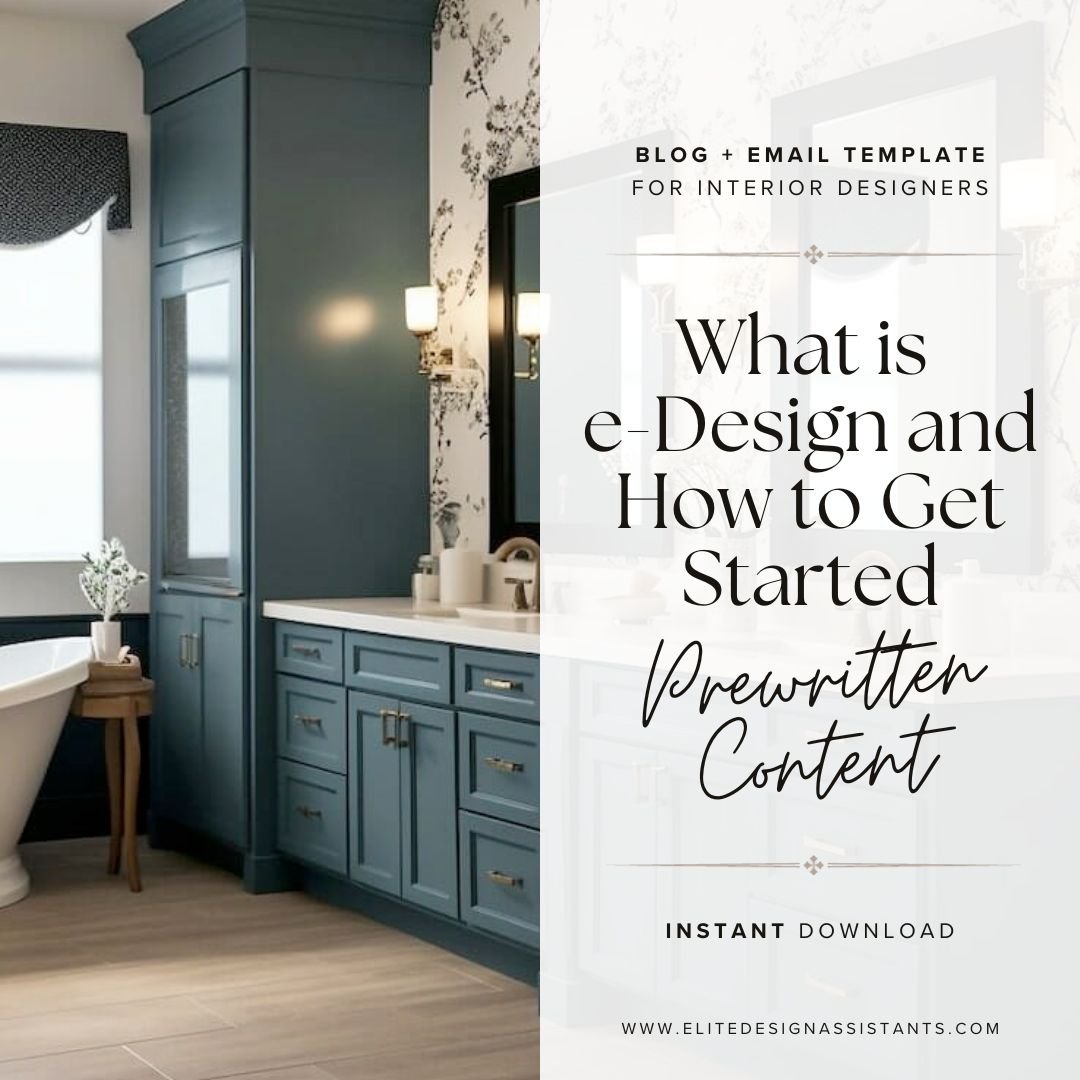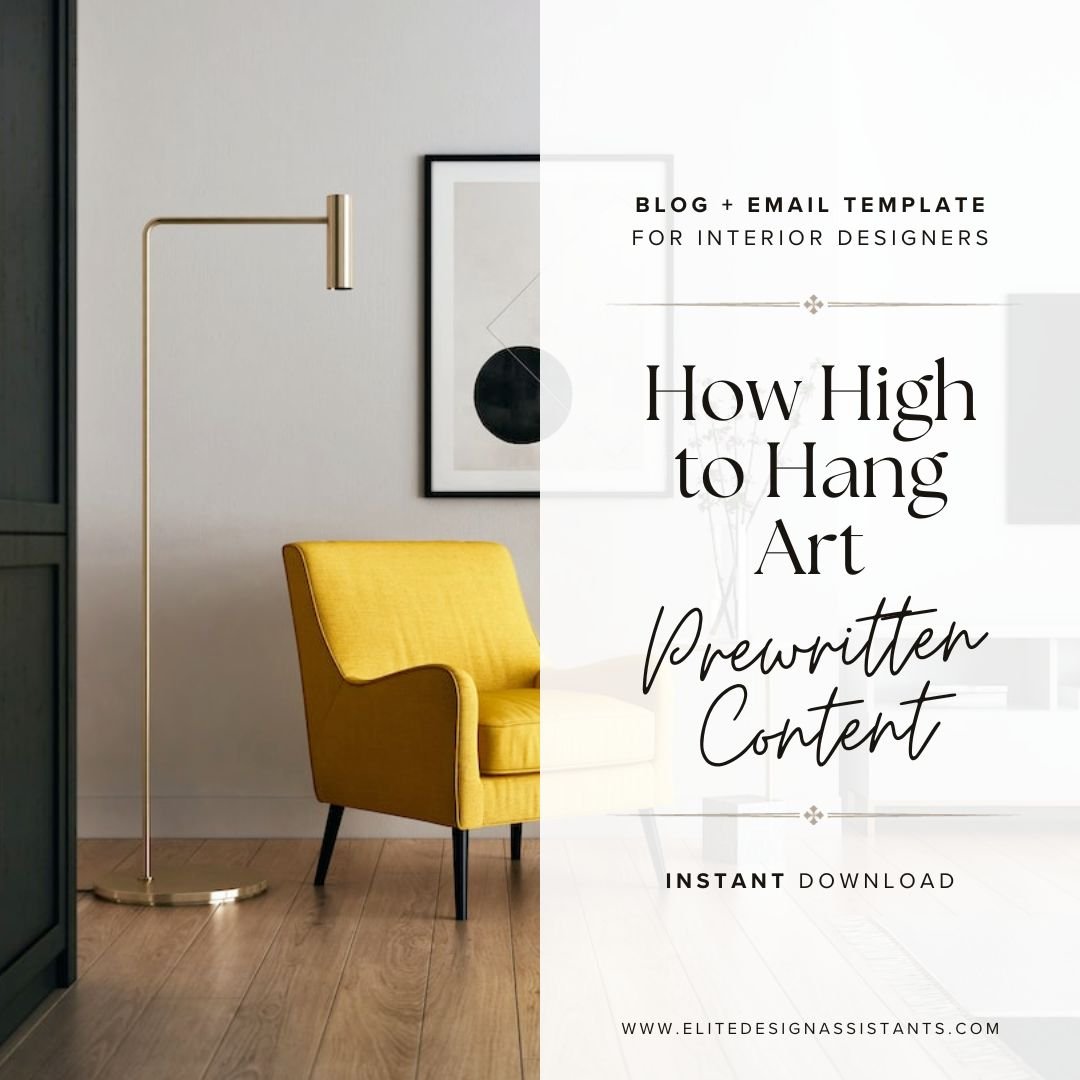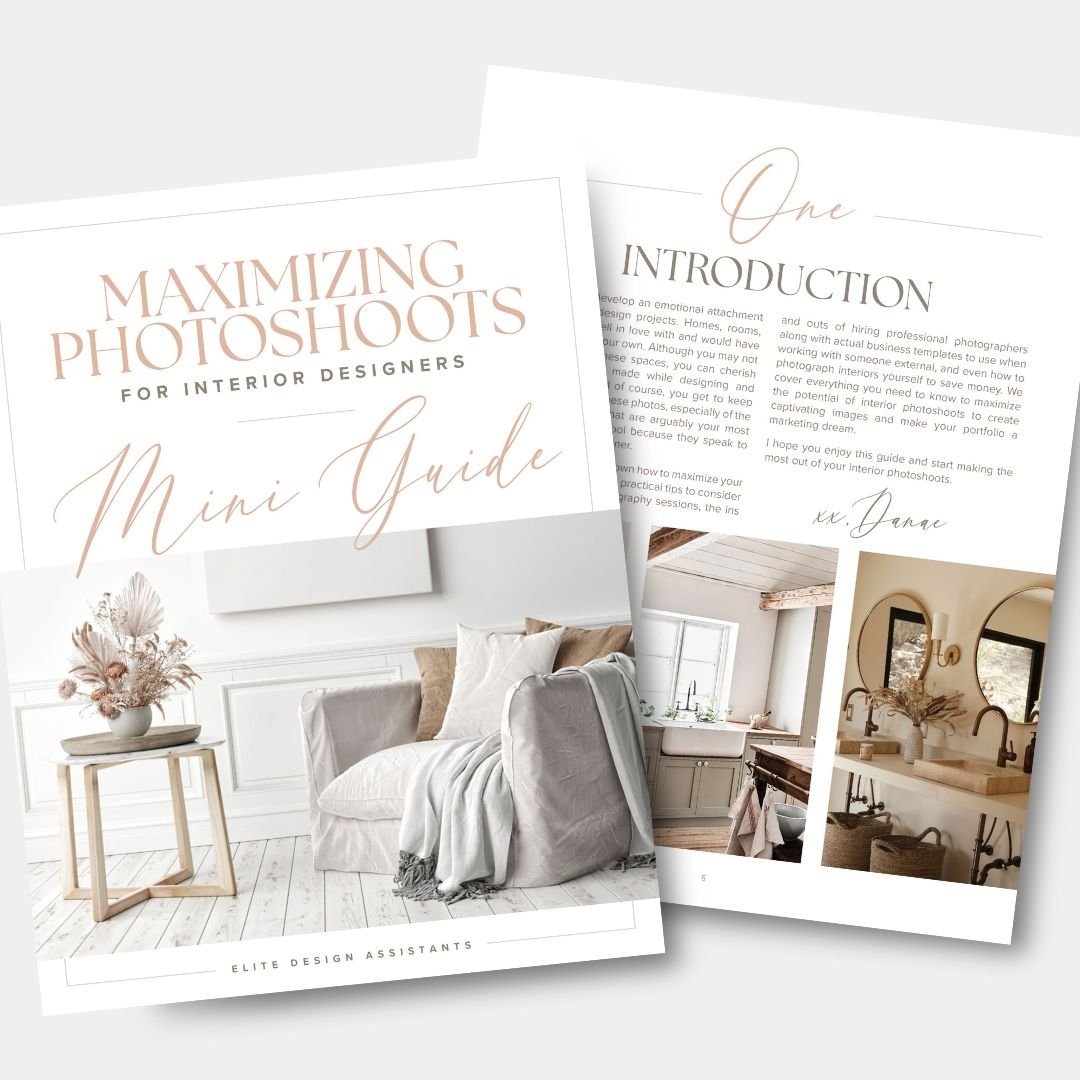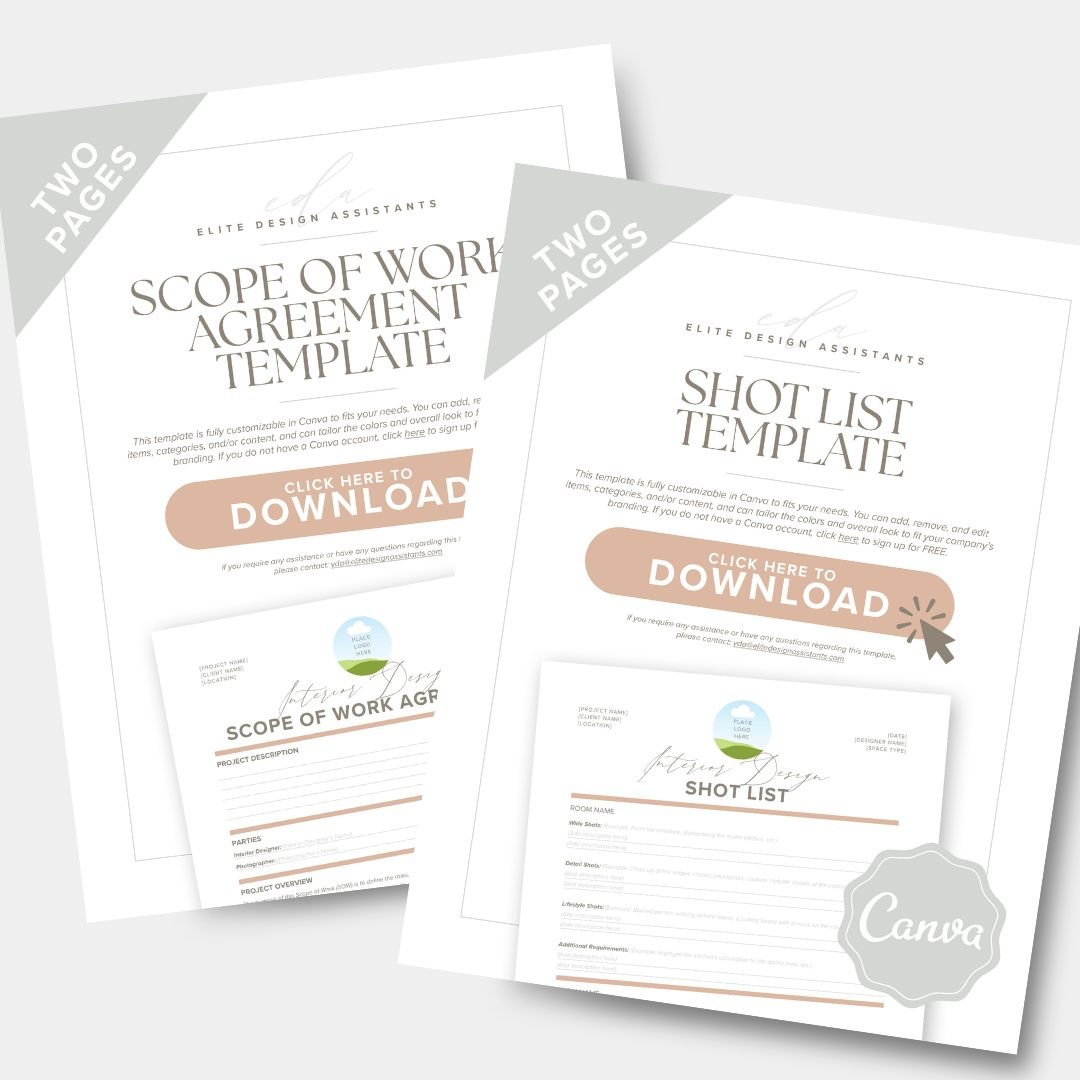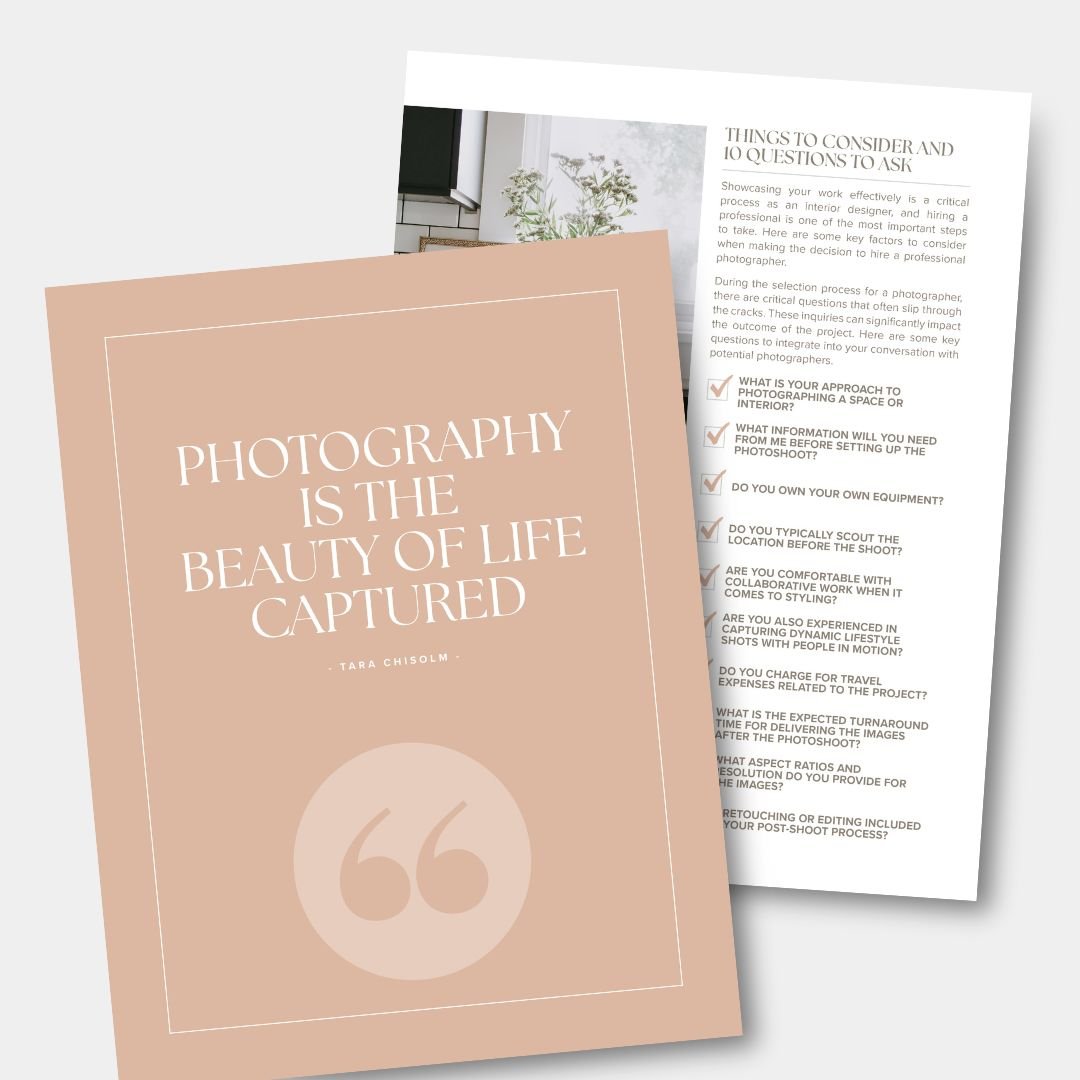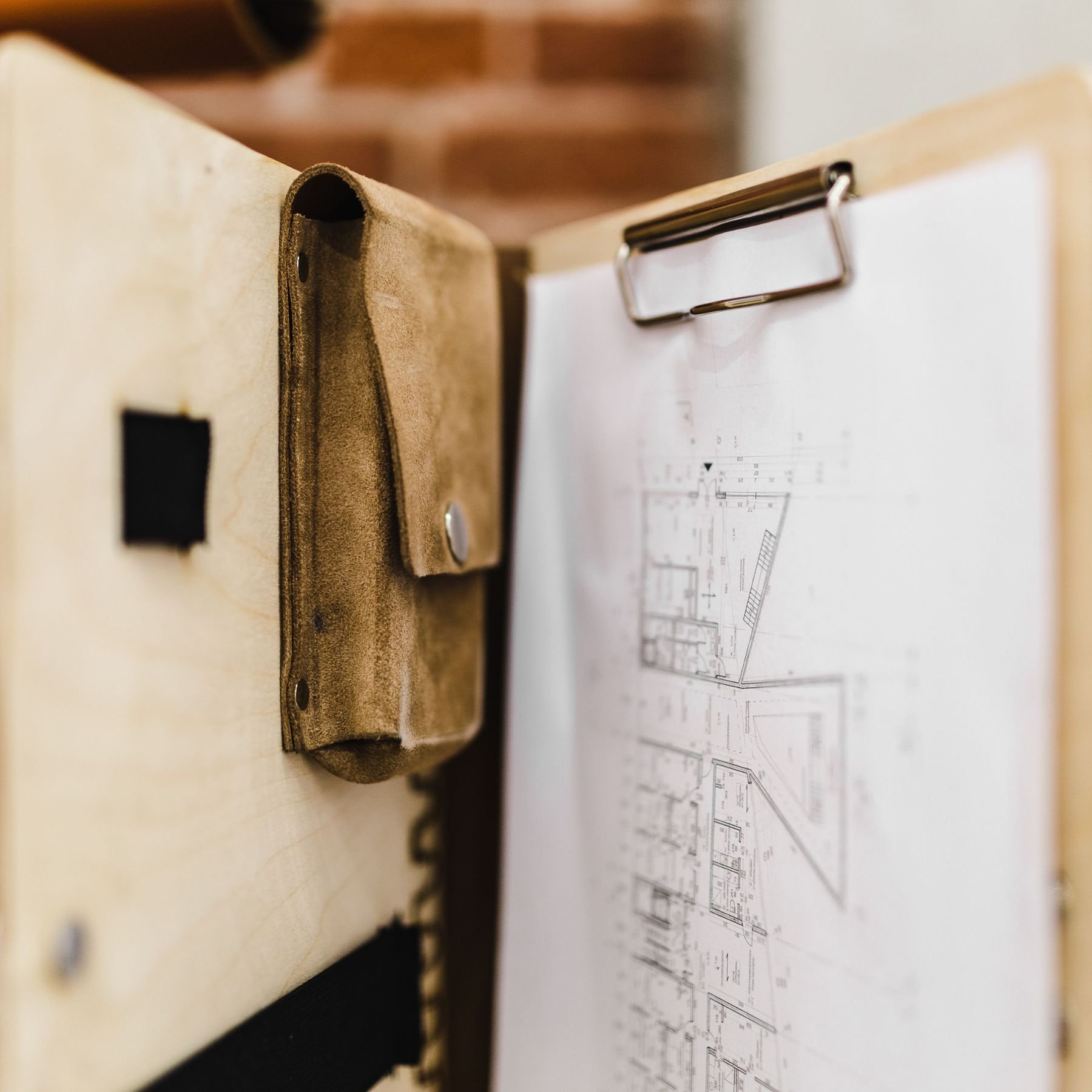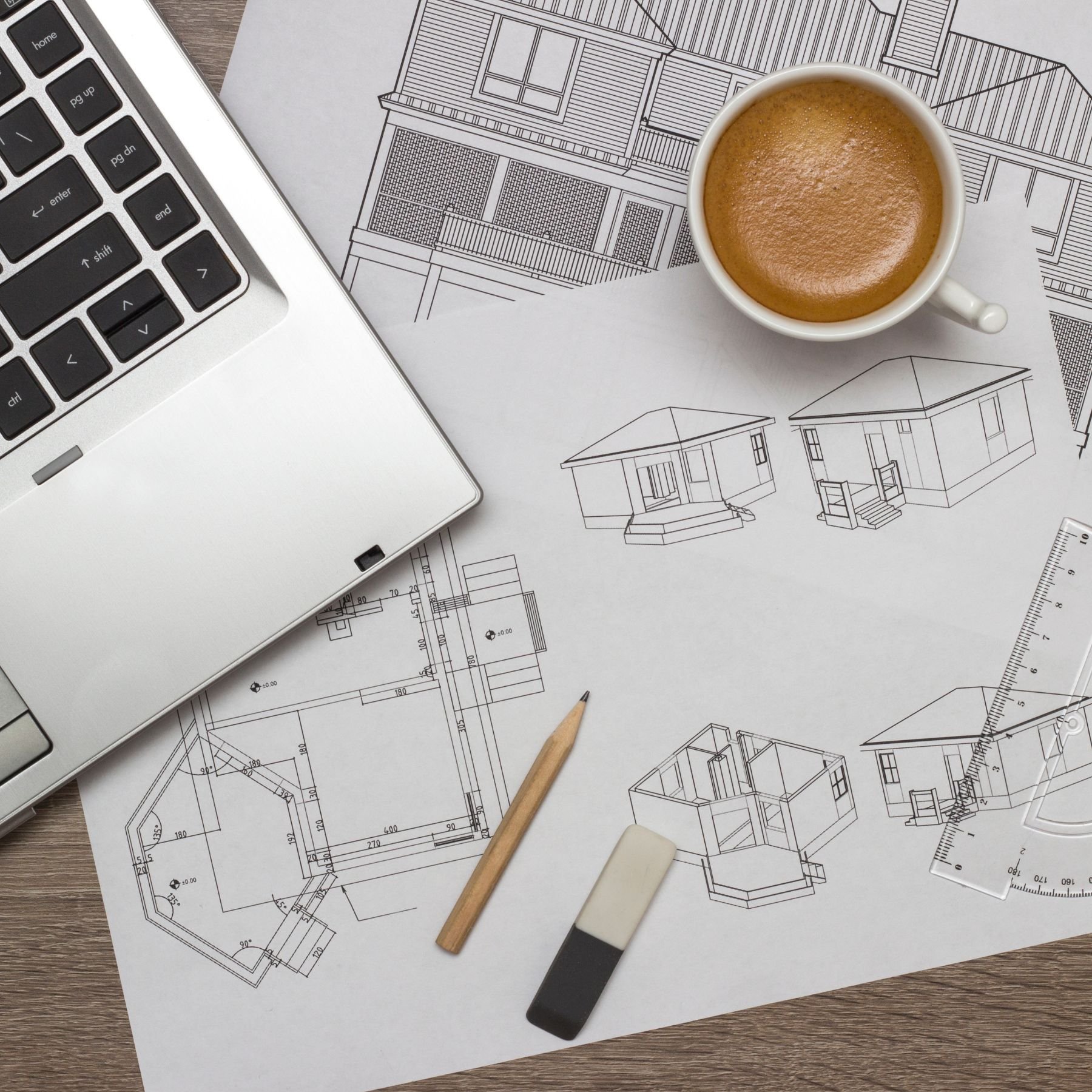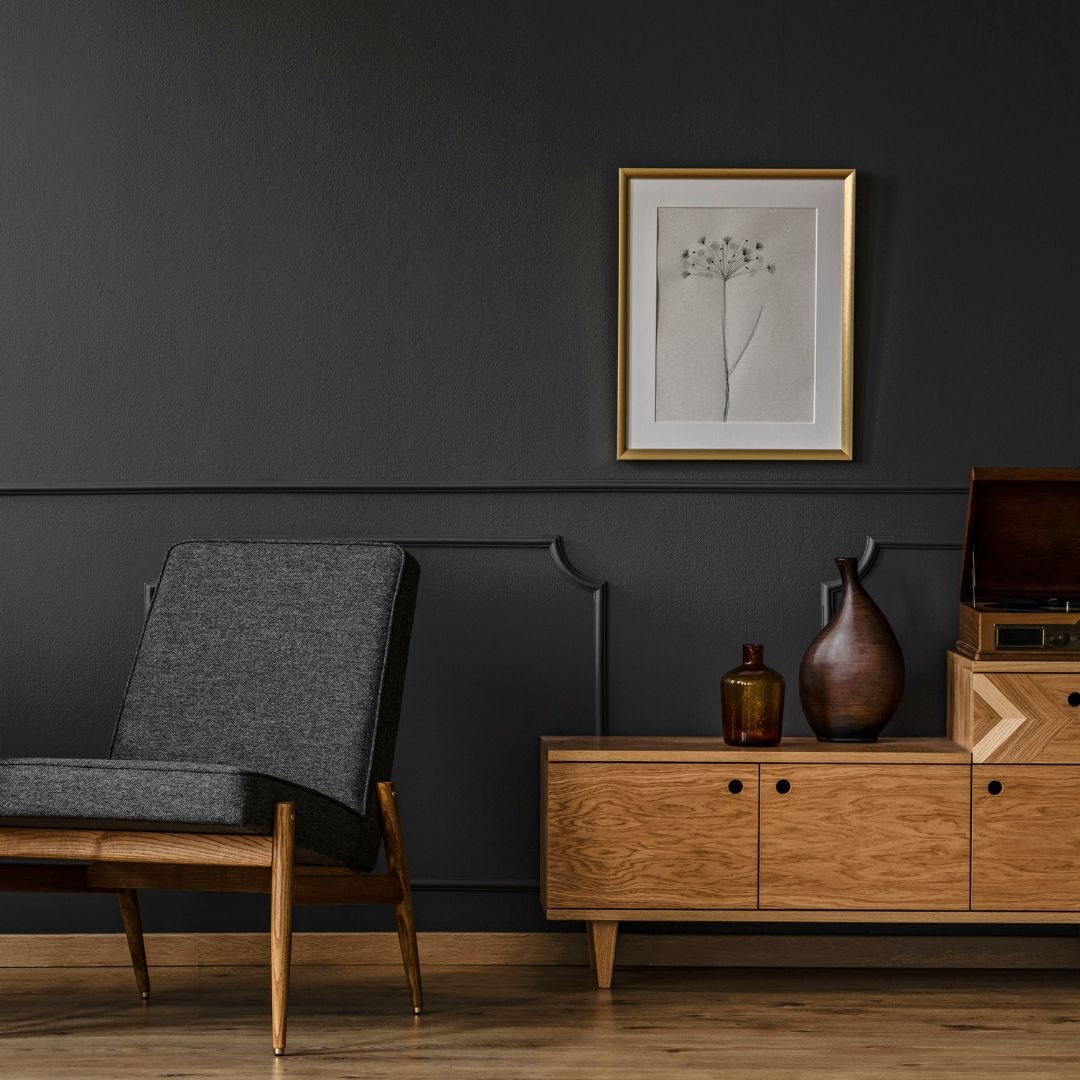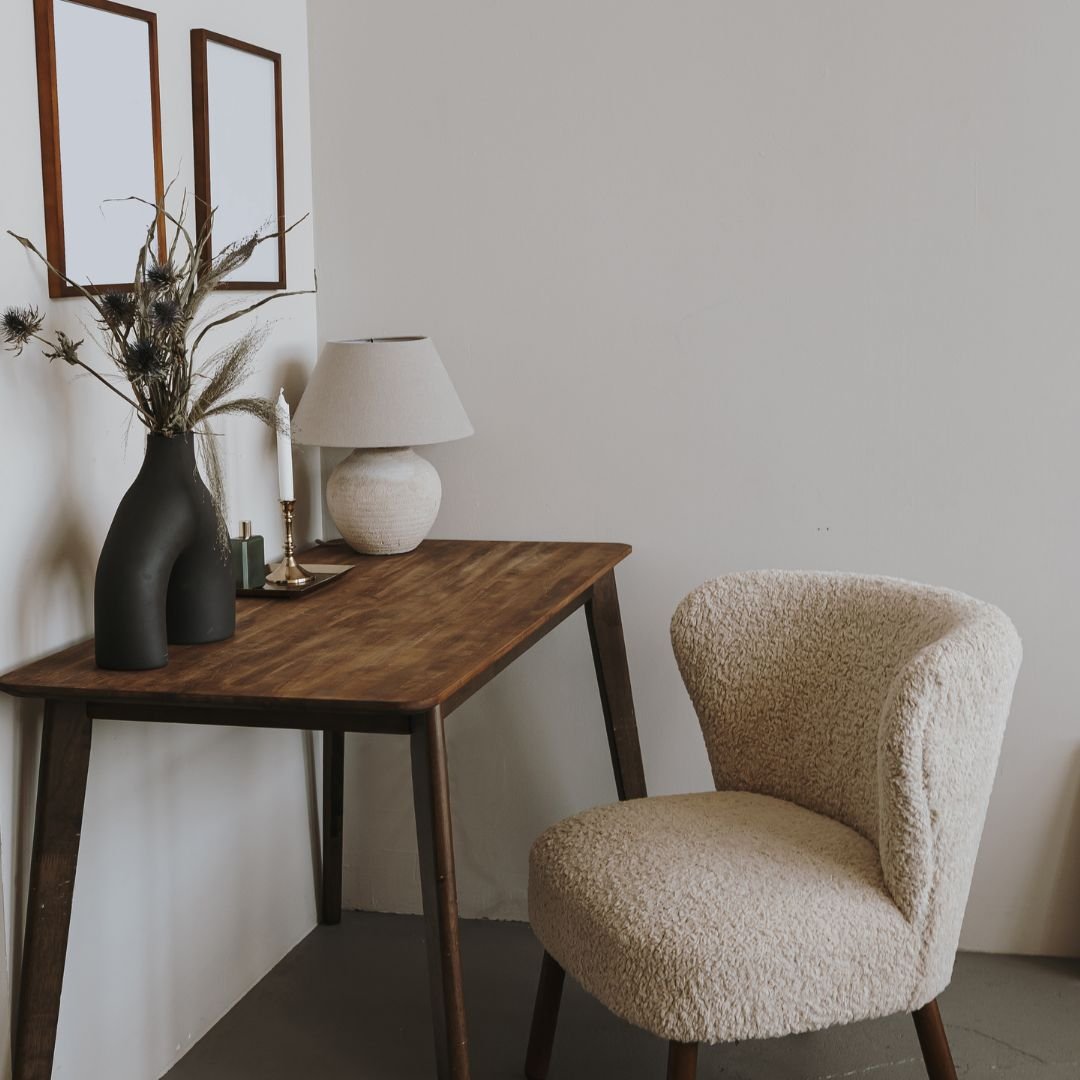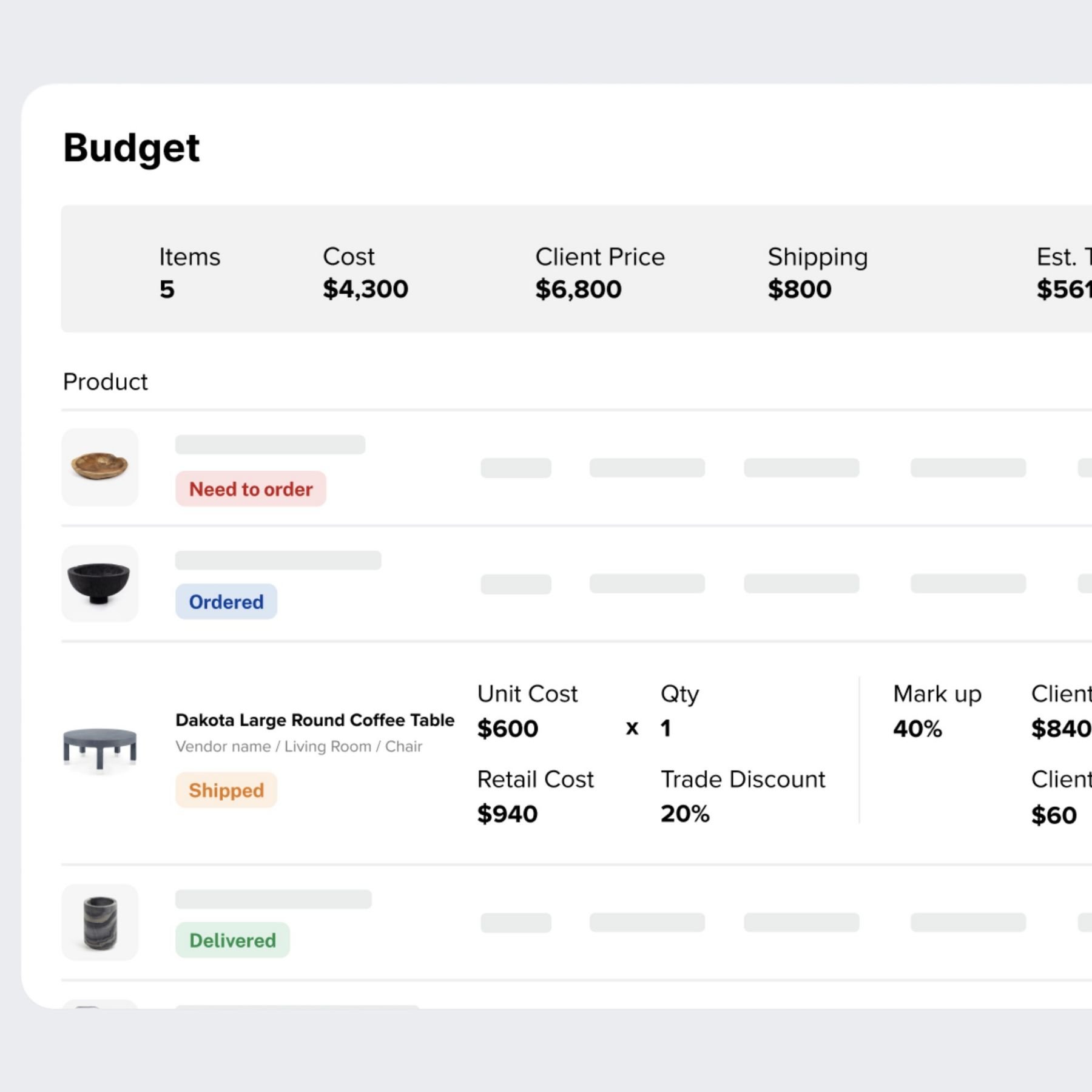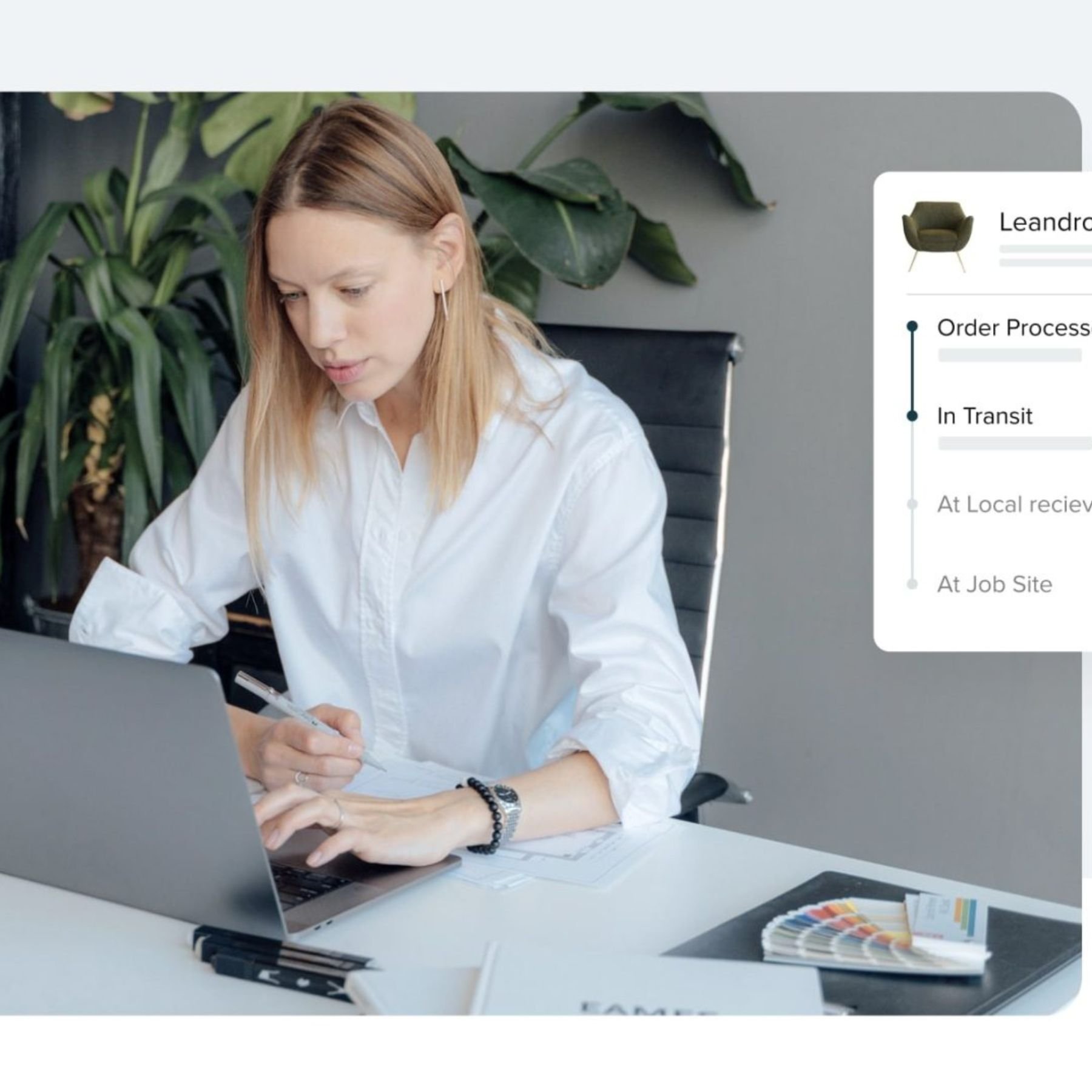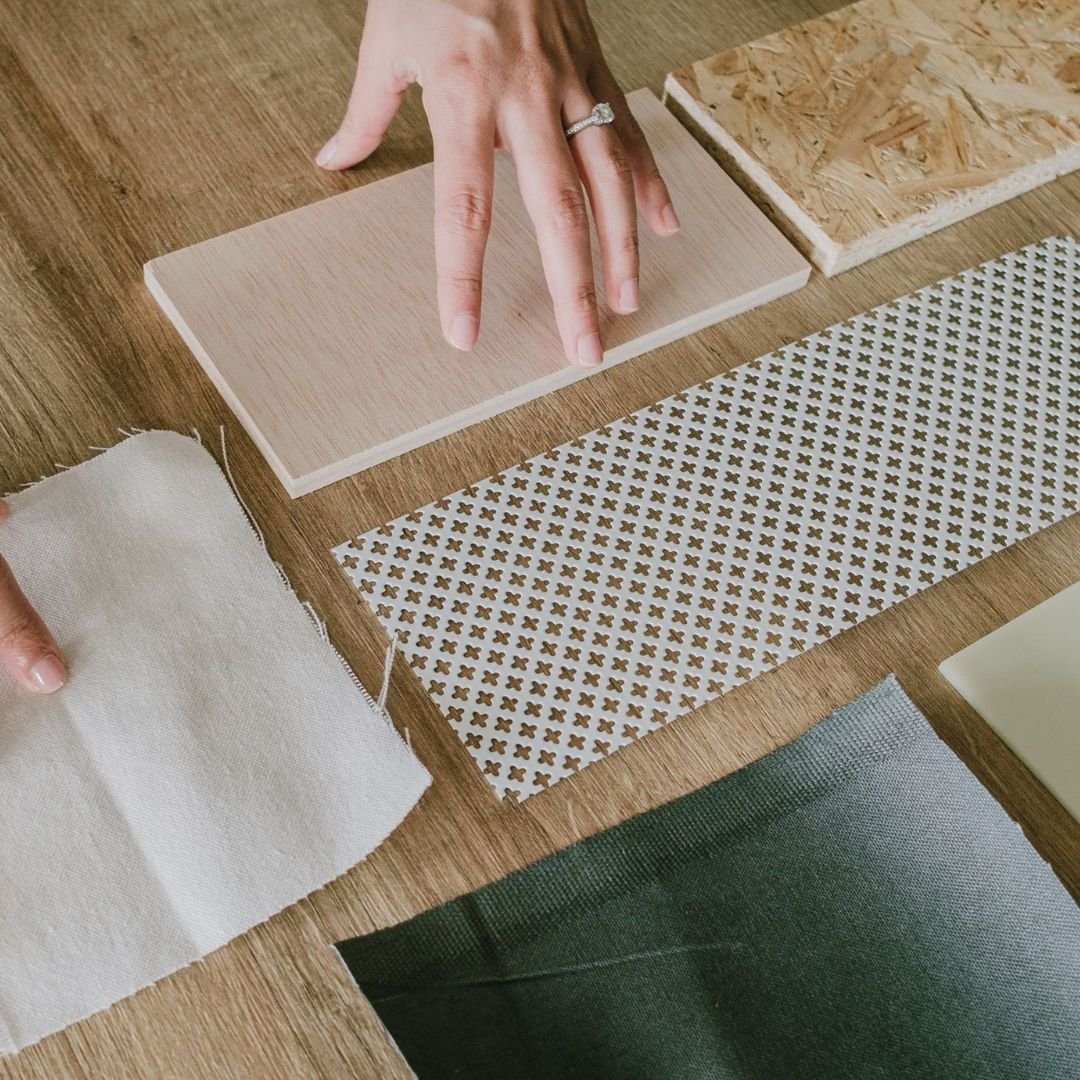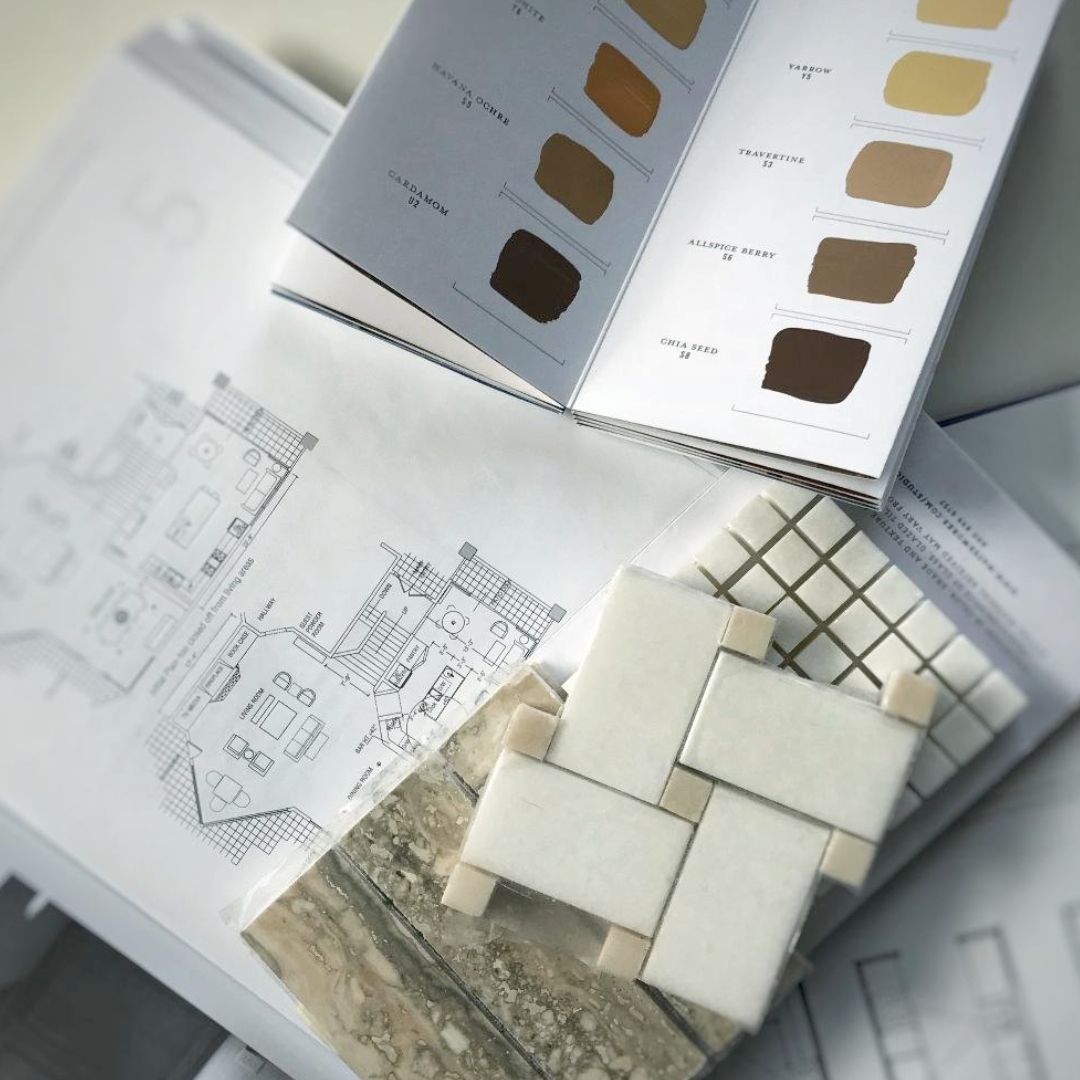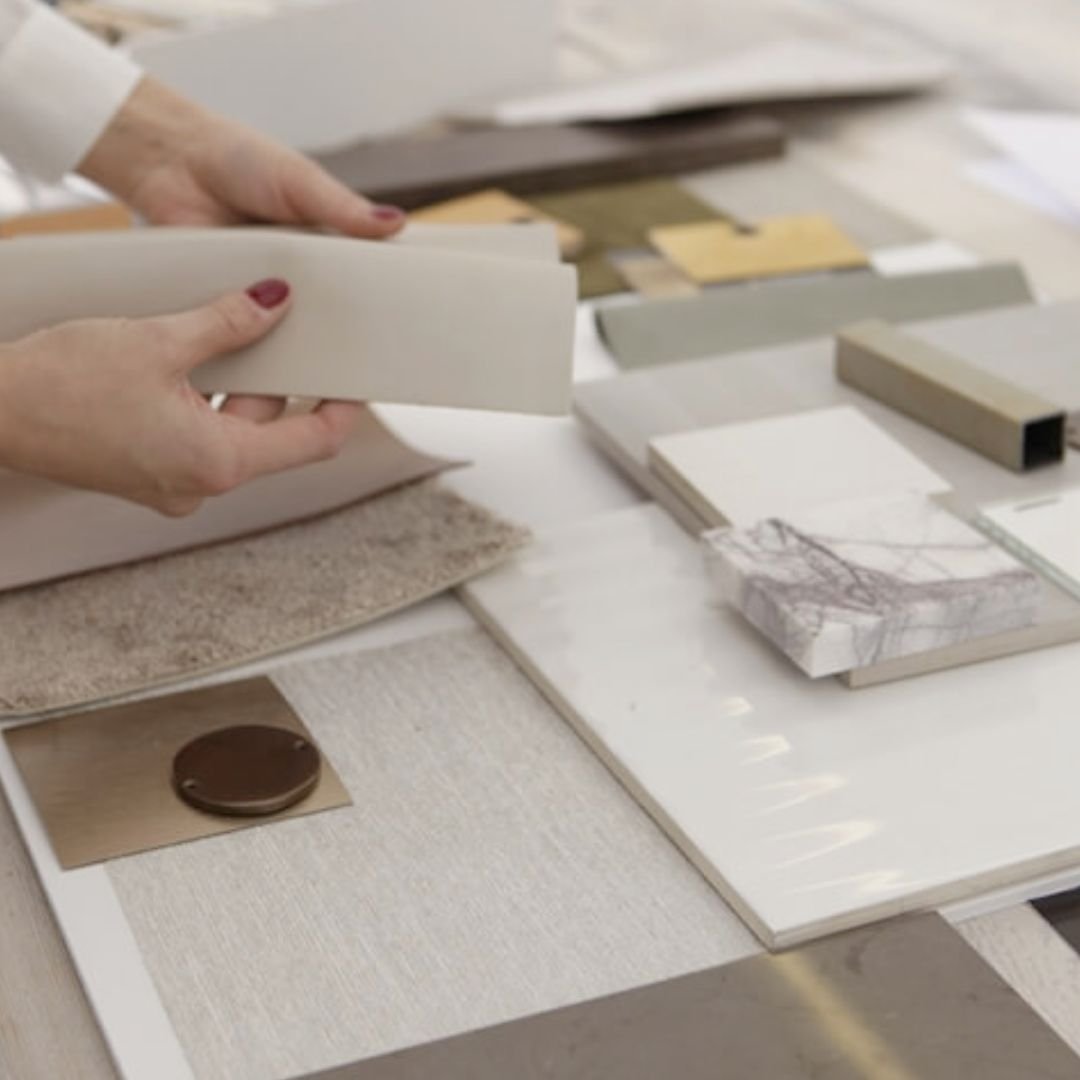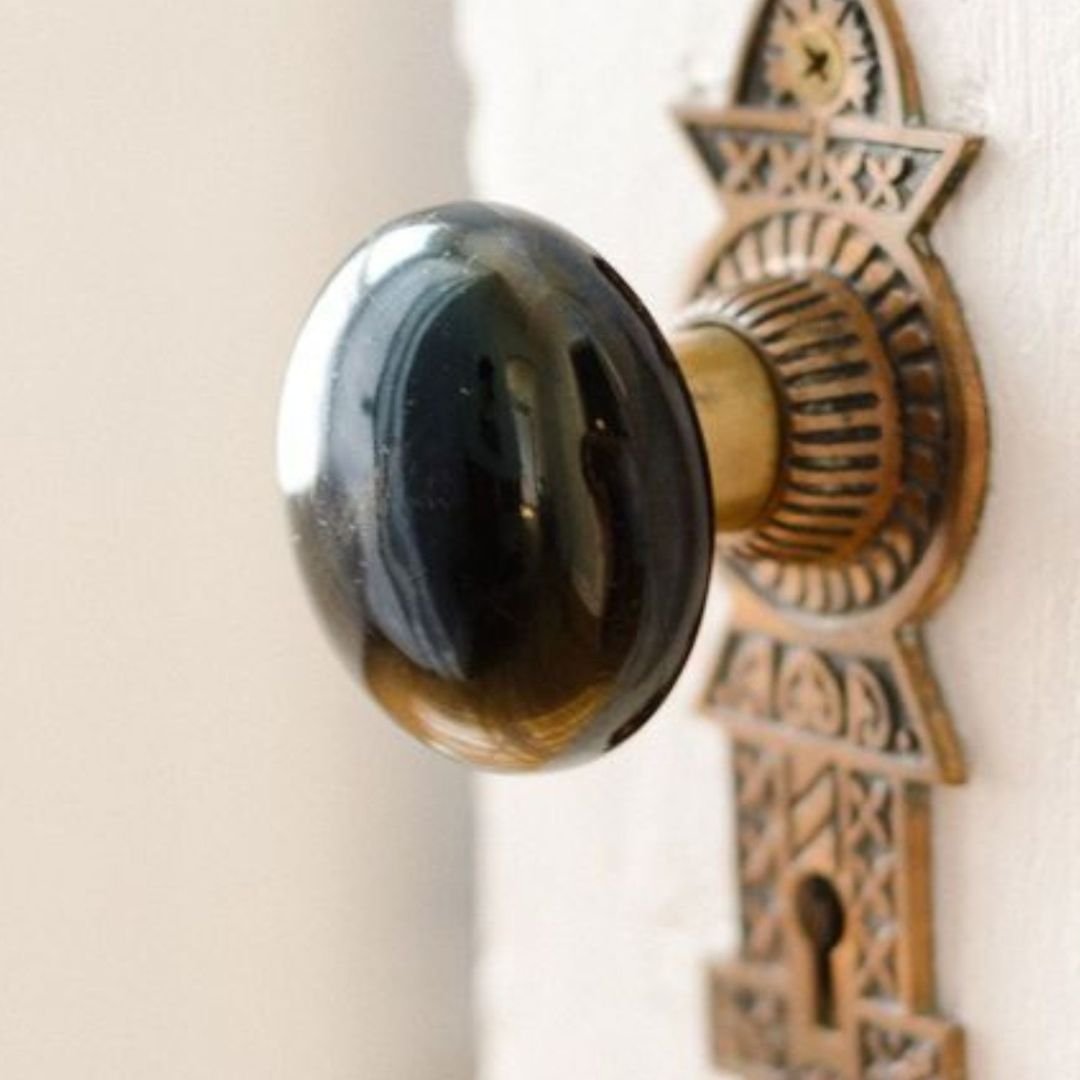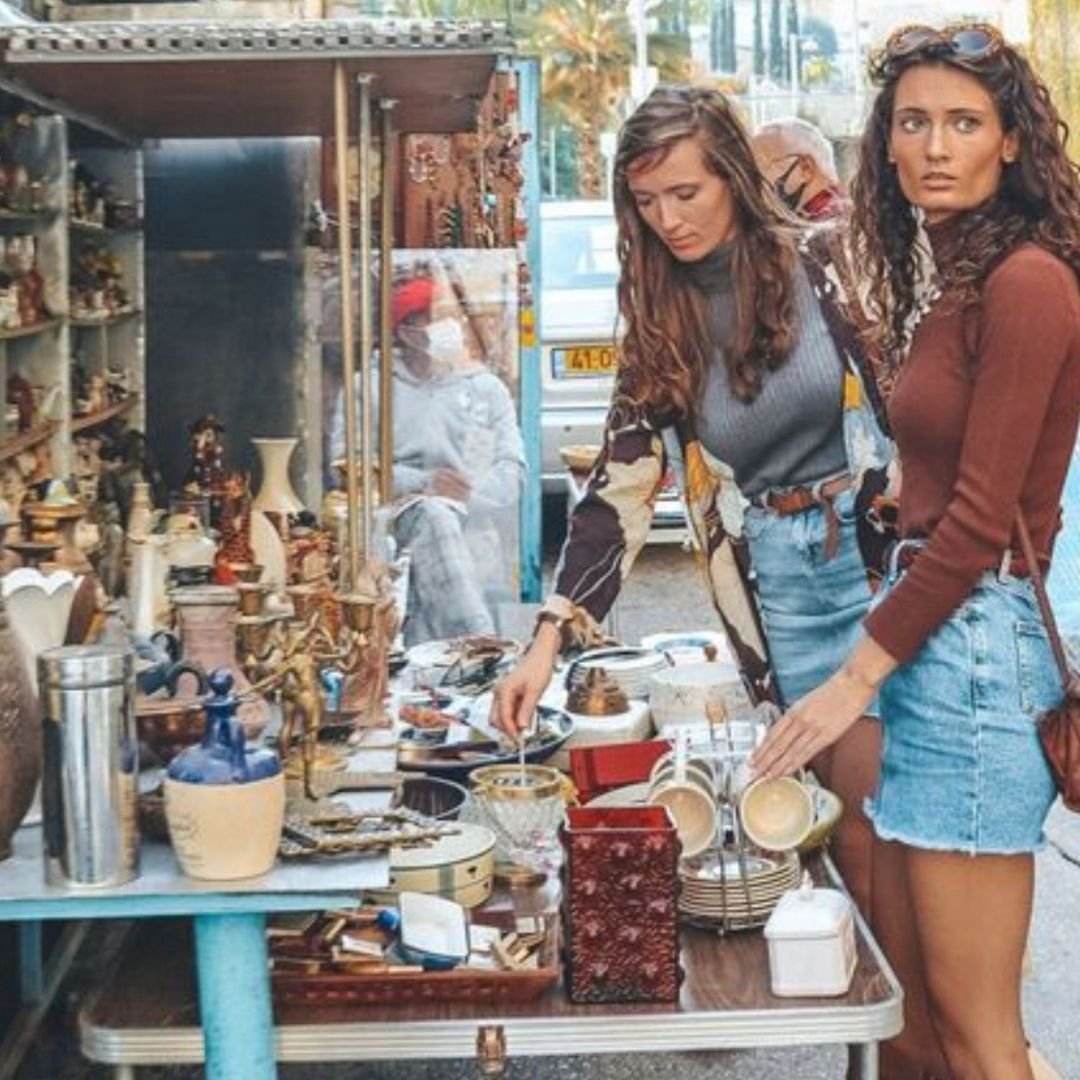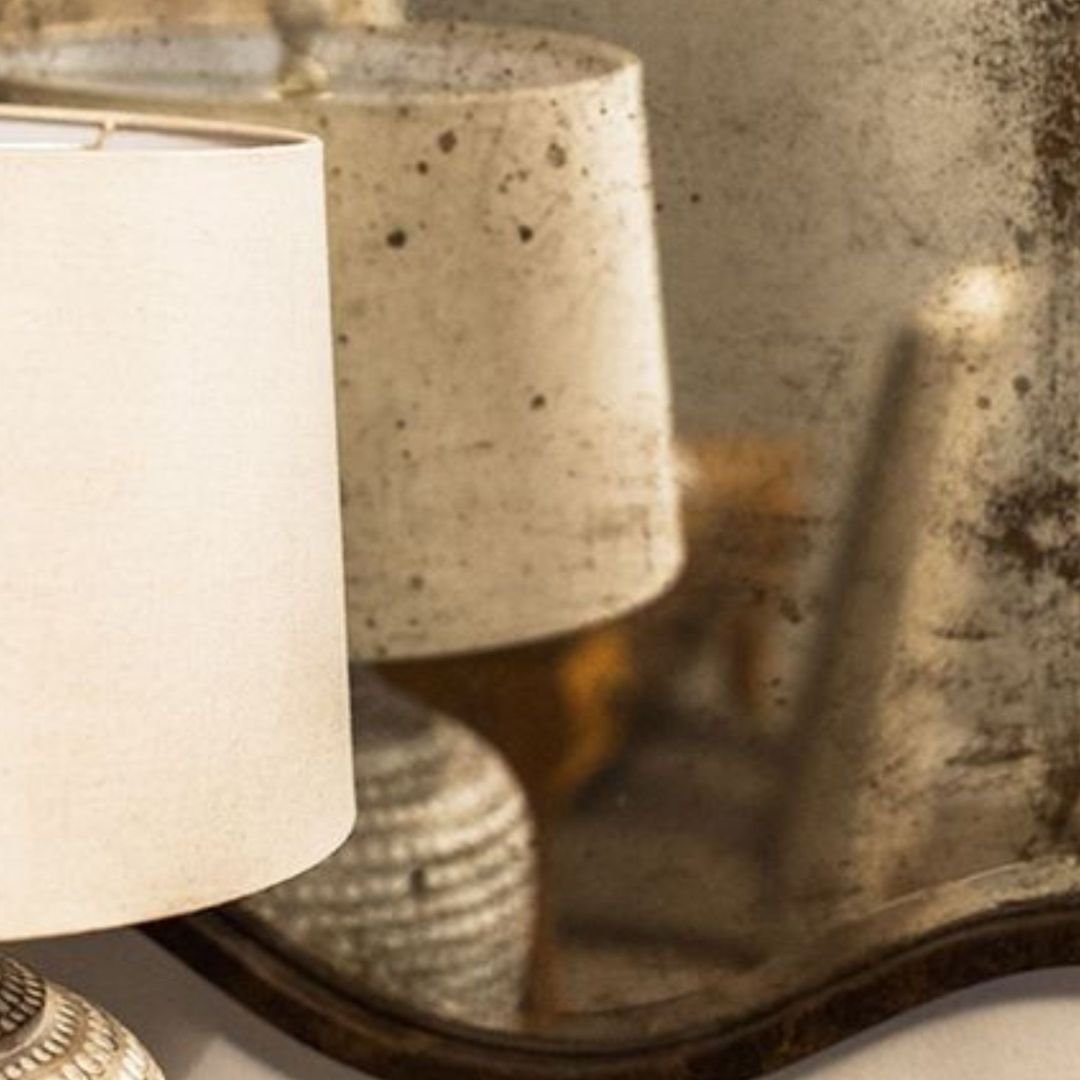Top 10 Ways to Monetize Your Interior Design Business
/I get it, full-service design projects are the stars of the show. But branching out a bit can boost your income more than you might think. Diversifying your revenue streams can make your online presence more dynamic and attract a broader range of clients. Plus, exploring new avenues can inject fresh creativity into your workday. Here are ten effective ways to monetize your interior design business:
1. Designer for a Day
Ideal for designers who enjoy quick, impactful projects.
Offer a “Designer for a Day” service where clients can hire you for a set time to provide professional guidance on their design choices. This approach is perfect for clients on a budget and can lead to larger projects in the future.
2. E-commerce Store
Great for designers with a knack for selecting unique products.
Launch an e-commerce store to sell curated home decor items, furniture, or your designs. This allows you to reach a global audience and generate revenue from product sales, leveraging your taste and expertise in home design.
3. Furniture or Fabric Line
Perfect for those wanting to establish their brand through product lines.
Collaborate with manufacturers to create your own line of furniture, textiles, or home accessories. This can provide continuous income and help set your brand apart in the competitive design market.
4. Publish a Book
Ideal for designers who enjoy writing and have valuable insights to share.
Writing a book about your design philosophy, tips, and experiences can establish you as an authority in the field. You can publish traditionally or self-publish an e-book to reach your audience. Bonus points if it can double as a beautiful coffee table book!
5. Holiday Decor Services
Great for those who love seasonal decorating.
Offer holiday decor services to clients who want their homes or offices to look festive. This service can be a fantastic source of income and a fun way to engage with clients during seasons that can sometimes otherwise be slower.
6. Virtual Interior Design (E-Design)
Perfect for tech-savvy designers and DIY-friendly clients.
Provide virtual design services where clients send photos and measurements, and you provide design concepts and recommendations. This flexible, scalable model allows you to reach clients far and wide.
7. Interior Design Workshops
Ideal for designers who enjoy teaching and interacting with others.
Conduct workshops to teach design principles, space optimization, and color coordination. These can be held in-person or virtually, catering to different audiences from homeowners to aspiring designers.
8. Blogging and Social Media
Perfect for designers who love sharing ideas and engaging online.
Start a blog or a YouTube channel to share design tips, trends, and project showcases. Monetize through affiliate marketing, sponsored posts, and ad revenue. This requires consistent content creation but can significantly boost your visibility.
9. Digital Products
Ideal for designers looking to generate passive income.
Create and sell digital products like design templates, mood boards, and e-books. These can be sold on platforms like Etsy or your own website, reaching a wide audience with minimal ongoing effort.
10. Subscription Services
Great for maintaining ongoing client relationships.
Offer subscription-based services where clients pay a regular fee for continuous design support, updates, and seasonal refreshes. This model provides steady income and keeps clients engaged with your services.
Implementing these strategies can help you explore new markets and boost your revenue streams. Choose the options that align best with your brand and expertise, and start diversifying your interior design business today!
xx, Danae





